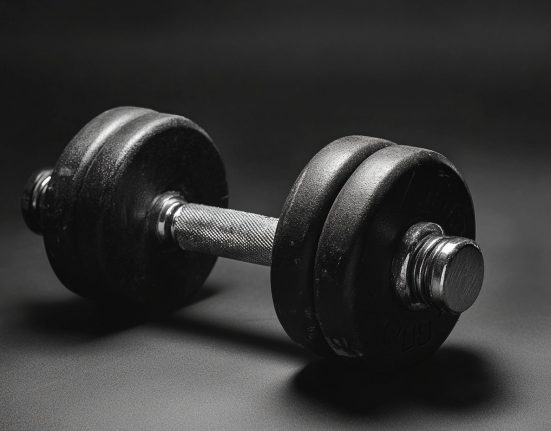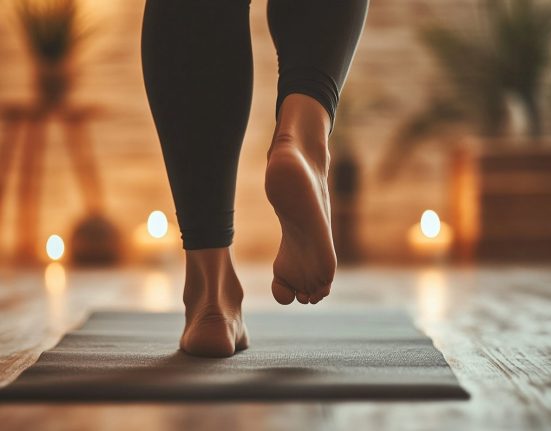Ah, pull-ups. They’re one of the most straightforward exercises around, and yet somehow one of the most difficult to do — especially with good form.
Because pull-ups top the list of challenging bodyweight-based strength exercises, you can consider them a bucket list fitness goal that you’ll need to work towards, says John Gardner, CPT, a NASM-certified personal trainer and the CEO and co-founder of Kickoff. They’re not the kind of move you can just force your body to do; in fact, while it varies from person to person, it can take up to a year of training three times a week to be able to do one, adds Karina Inkster, MA, PTS, a trainer and owner of K. I. Health & Fitness.
It’s a long road, but one that’s worth it. Pull-ups effectively work the lats of the mid-back, the traps of the upper back, and the rhomboids, and they also engage your arm and shoulder muscles, Gardner tells Bustle, which means they’re a great upper body exercise. “Strengthening these muscles is crucial for maintaining good posture, preventing injury, and performing well in activities like rowing and swimming,” Inkster adds.
They’re also an ideal way to improve your grip strength. “Hanging your entire body weight from a bar is one of the best methods of improving strength in your hands, wrists, and forearms,” Inkster tells Bustle. “Grip strength is important for everything from opening jars to lifting weights.” Intrigued? Here’s how to work your way up to a pull-up, plus how to do one with good form.
How To Work Up To Your First Pull-Up
While it’ll depend on your current strength, it can take anywhere from a couple of weeks to a couple of months to build up to a pull-up, so don’t fret if it seems like your goal is far off. Instead, work up to it slowly by simply hanging from the bar. This move is literally called a “bar hang” — and it’s a great place to start.
To do it, jump up and hang from a bar with straight arms and your shoulders pulled down and away from your ears. Keep your legs straight, your feet slightly lifted in front of you, and your core braced. “Aim for 10 to 15 seconds, which is much more challenging than it sounds,” Inkster says.
Once that feels easy, move on to “negative reps.” Start at the top of a pull-up by jumping up or standing on a box or chair to grab the bar, then slowly lower yourself to a hang. “The lowering phase should take at least three to four seconds,” Inkster says.
It may also help to do band-assisted pull-ups where you attach a stretchy band to the pull-up bar and then loop it around your feet or knees, Inkster says. A pull-up band can help you practice the movement of a pull-up without lifting all your weight, she explains.
It’s also totally OK to just jump up on the bar and give it the ol’ college try. “Don’t be ashamed if you can only manage one or two reps,” Gardner says. “Once you practice more often and strengthen these muscles you’ll be able to do a full set easily.”
How To Do A Pull-Up
Ready to give it a try? Here, Inkster explains how to do a pull-up with good form.
– With your hands shoulder-width apart, hang from a pull-up bar with an overhand grip. (Fun fact: A chin-up is when you use an underhand grip, Inkster says.)
– Keep your legs straight, arms straight, and feet slightly in front of you to activate your core muscles.
– Make sure you “pack” your shoulders by keeping them down and away from your ears.
– As you exhale, bring your upper chest toward the bar by bending your arms, squeezing your shoulder blades together, and pulling up through your back muscles.
– Your upper chest should lightly touch the bar at the top of the movement.
– With control, slowly extend your arms to lower your body back to the start position, making sure your arms are completely straight before you start the next rep.
– Go for an AMRAP or “as many reps as possible” with good form.
– Do 3 sets.
How To Make A Pull-Up More Challenging
Ready to take things to the next level? Once you can do 10 pull-ups in a row with ease, Inkster recommends aiming for “high volume” sets or 15 pull-ups in a row. You can also make the exercise more challenging by adding weight.
“Use a weight belt to hang plates around your waist,” Inkster says. “Starting with just five pounds will make pull-ups much more challenging.” She also recommends trying side-to-side pull-ups where you pull up to your right, then up to your left.
Slowing your reps down can also make a difference. “Pull up to the bar normally, but lower yourself extra slowly over three to five seconds for extra burn,” she says.
Common Pull-Up Mistakes To Avoid
Because pull-ups are a really tough compound movement, Inkster recommends doing them at or near the beginning of your workout. That way you’ll have your full strength and energy to do them with good form, so you’ll reduce your risk of injury.
It’ll help to keep the muscles below your chest in mind, too. “A pull-up is technically a full-body strength exercise, even though it focuses on the upper body,” says Inkster, so it might help to think of it as a moving plank. Brace your core and squeeze your glutes to help you lift.
Inkster says it may also be tempting to do “half reps,” which is when you go into the next pull-up without fully straightening your arms. Remember to hang between each rep to make the most of this move.









